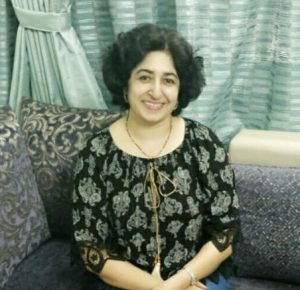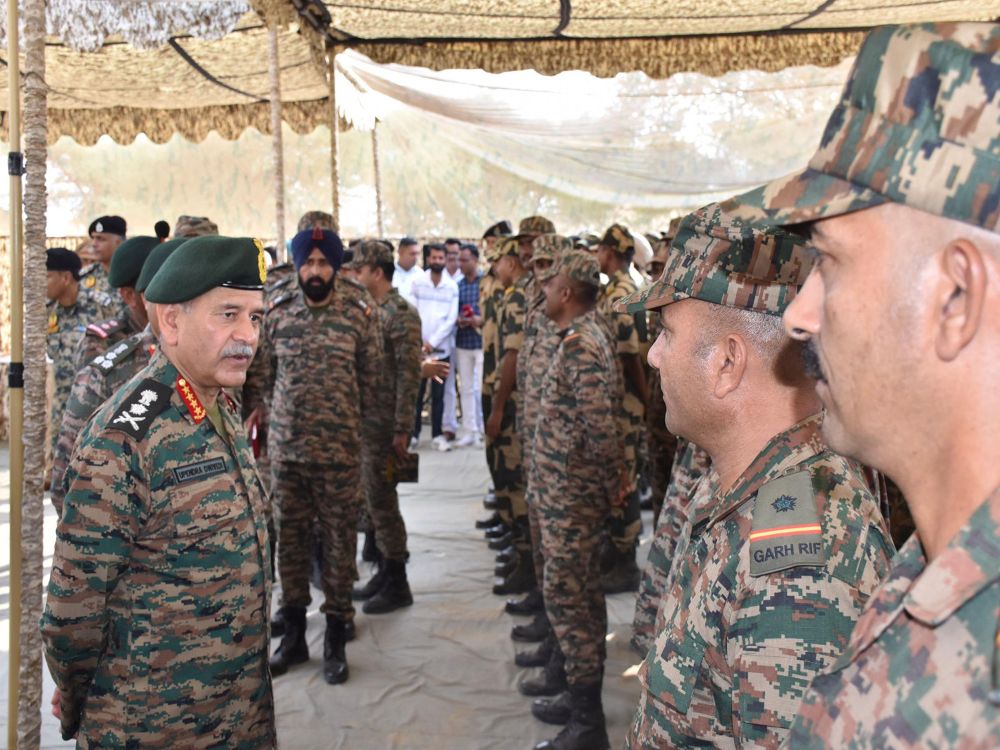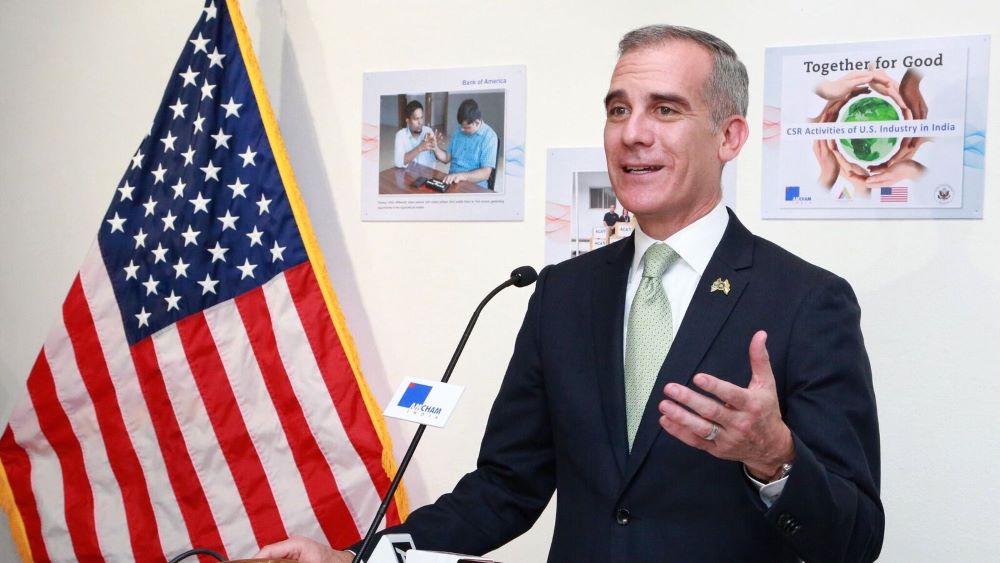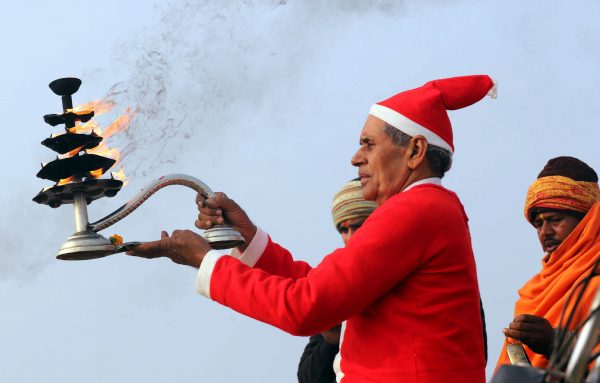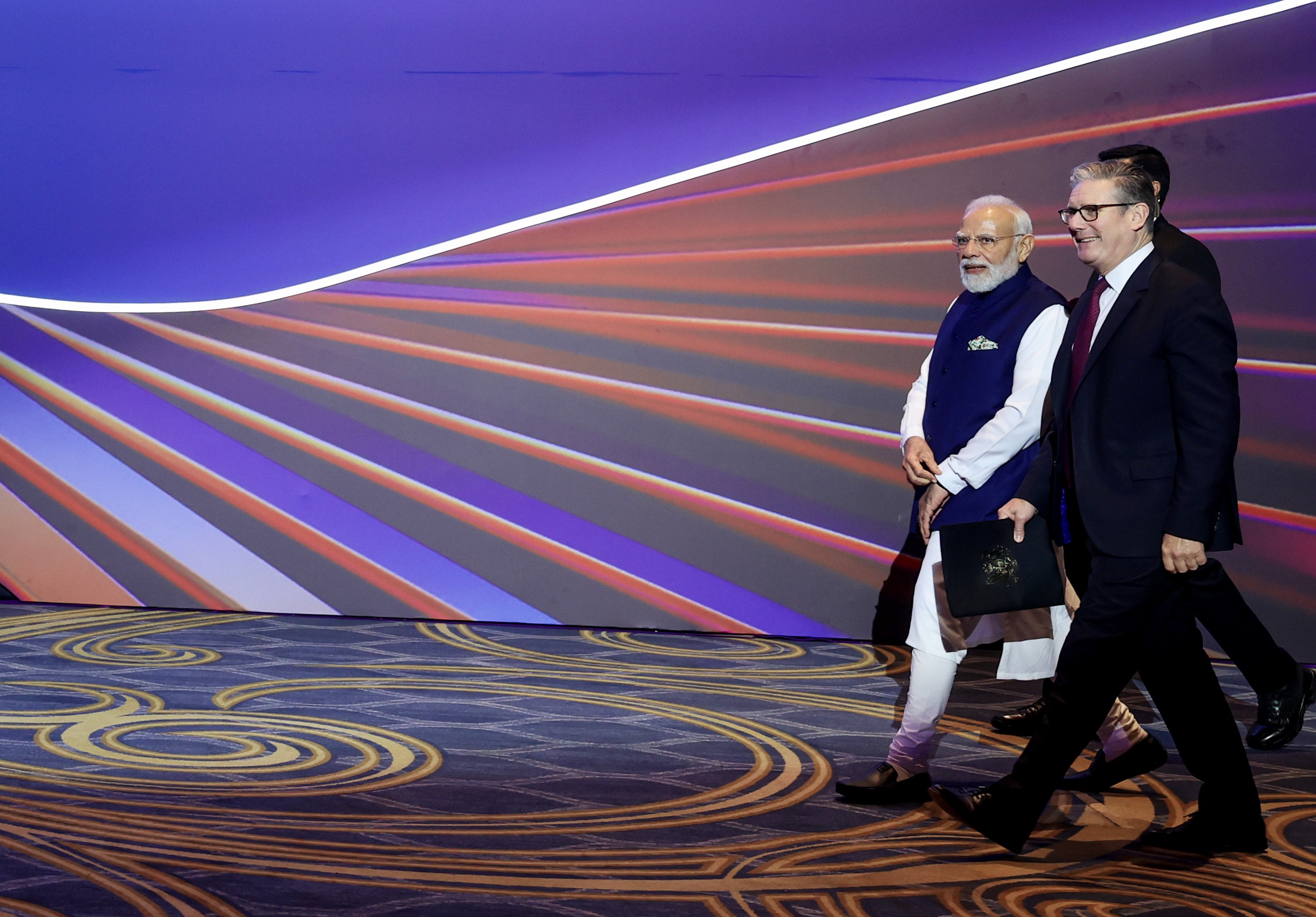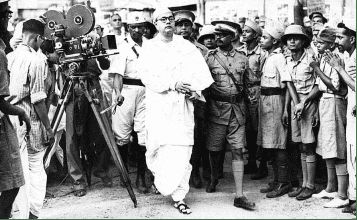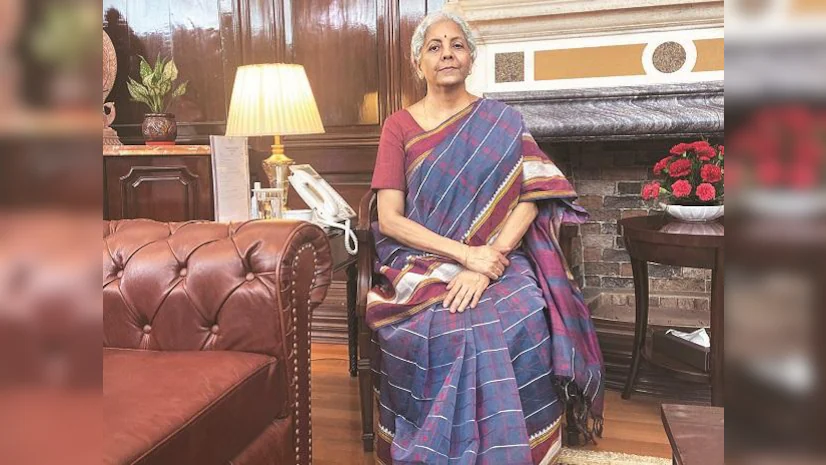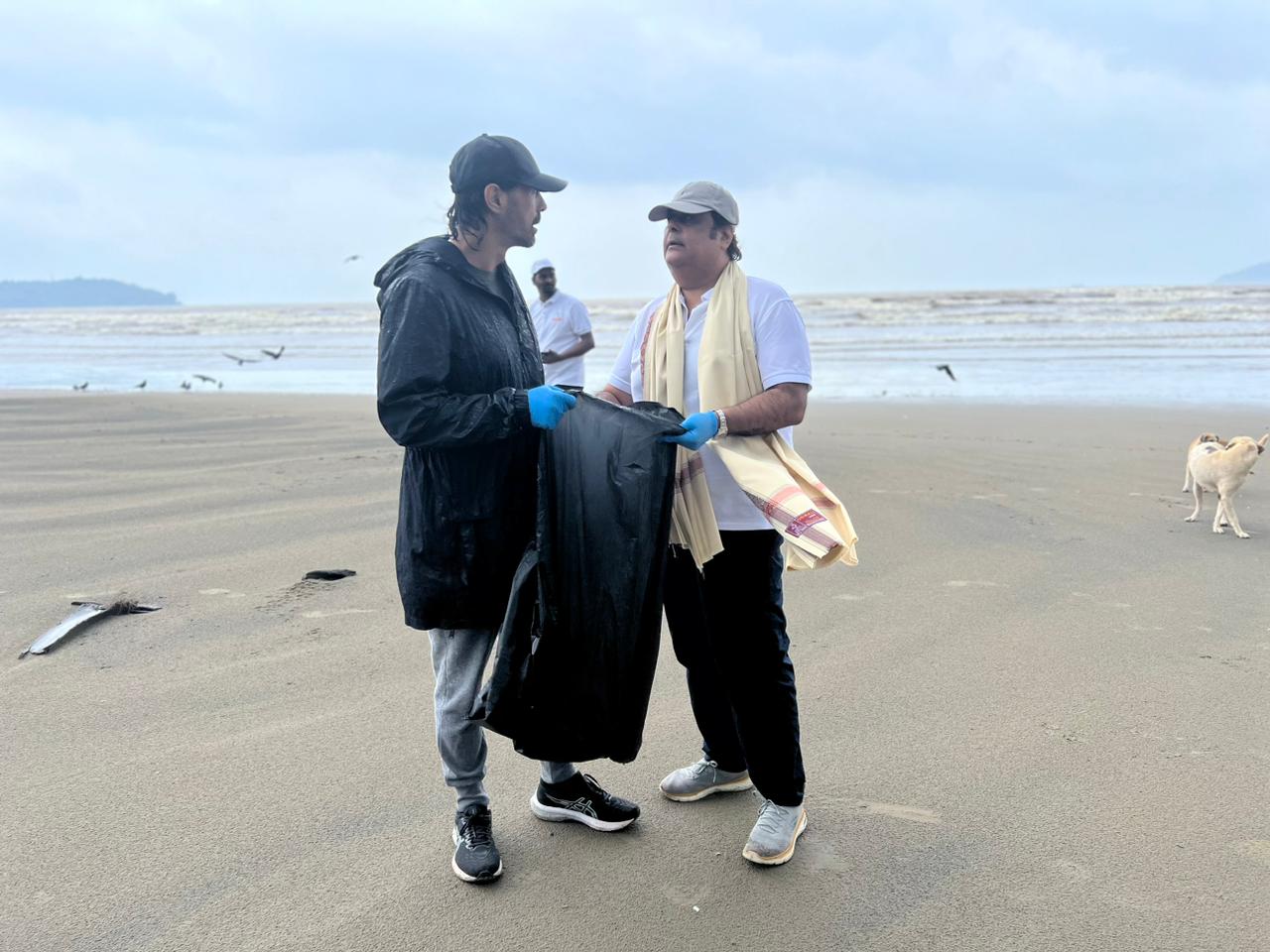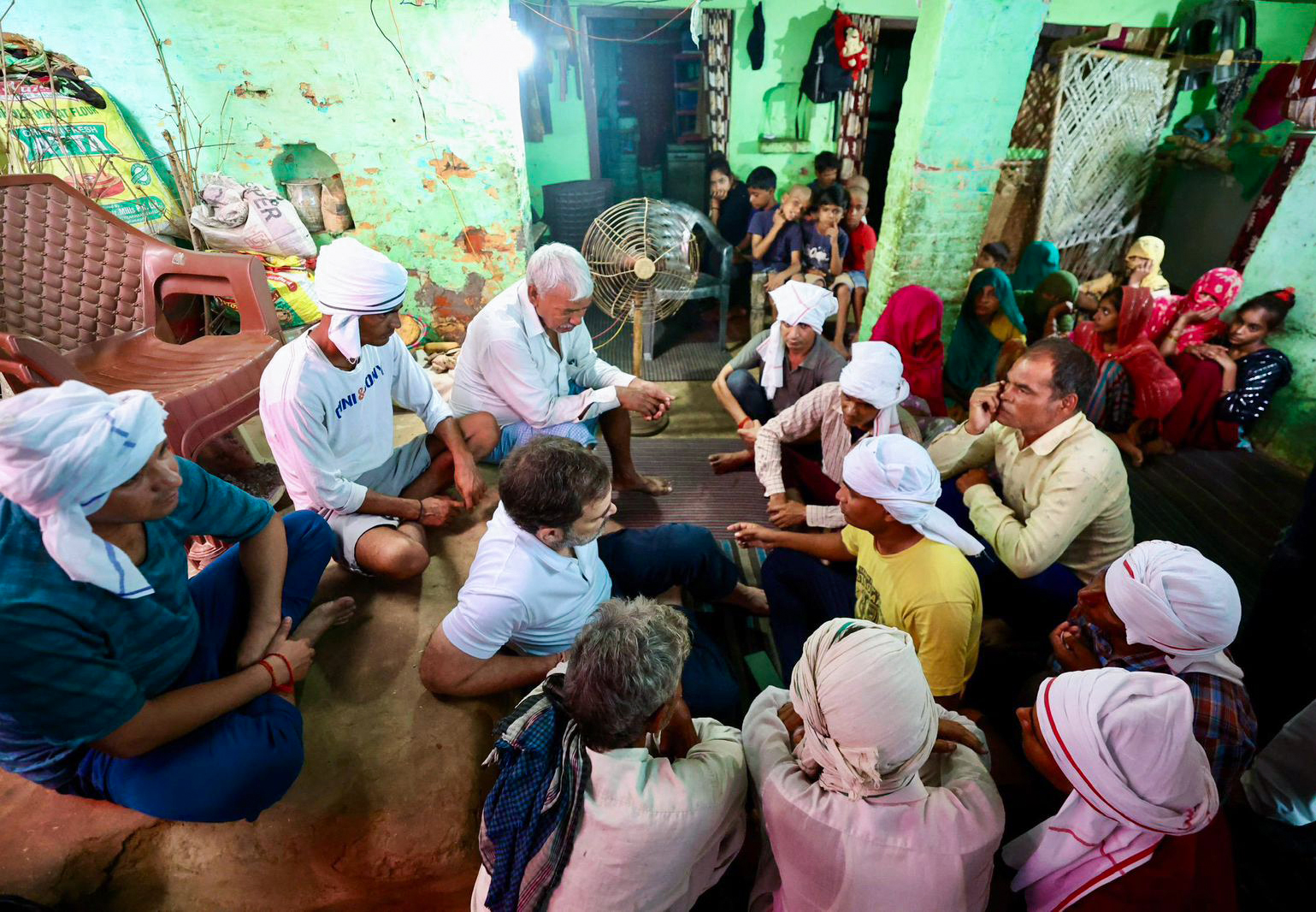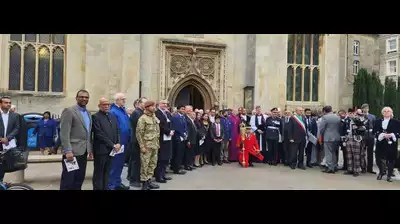PanIIT Fellowship Awardees
Q&A with Dr Jyoti Joglekar
Developing a core platform technology is more important than generating short-term export revenue.
Prof Jyoti Joglekar is the Distinguished Fellow for Holographic Imaging and AI. She is a resident of Mumbai and has spent close to 20 years as a researcher in computer vision, photogrammetry, remote sensing, image manipulation and analytics. Most of her work is oriented towards real world applications that range from developing photogrammetric methods for applications ranging from predicting forest fires to digital elevation models on water resources to 3D scanning in real time for lossless transmission. In an interview with the Indian EYE, Prof Joglekar spoke about her life journey and achievements. Excerpts:
Professor, congratulations on being nominated as a Distinguished Fellow in the area of Holographic Imaging and AI. Could you briefly explain this subject and your role in it?
In a simplified language, Holographic imaging is perceiving depth information for developing a 3D model of an object or a scene. We do this from a series of images, by extracting information hidden in the parallax. It is similar to how the human brain uses images from two eyes in stereo vision to develop a 3-D structure—by using the images captured from two different view-points. This kind of information is critical for applications like autonomous cars or in robotics where assessing depth is very important. I have been working in technologies such as Computer Vision, Holography and 3D DEM generation for around 20years. I was thus rightly positioned to develop innovative architectures based on these platform technologies. Since we did not have access to such technologies which originate from the defence and space sectors in developed countries—I started from scratch. I have focused on this domain exclusively. It became my passion and then I realised I probably knew about as much if not more than my peers in developed countries. I used this fundamental research to develop innovative applications in a wide range of areas including but not limited to agriculture, healthcare, urban planning, climate change assessment, transportation planning, mining and economic activity assessment. As an academician, I had the support of a large number of students who had to be given projects. These were BTech students, MTech and even PhD students. So, there was a massive multiplier effect which required negligible funding.
In more ways than one, you represent the new face of the Indian academic researcher – electrical engineer, lady, researcher, strong application understanding, academician, research publication author in high index journals. You have become some kind of a role model for other academicians. What is your advice to other ladies who may want to follow in your footsteps?
Certainly, career building as a researcher is a tough task for a lady as she often needs to contribute substantial time for family issues. Because of this, they often feel that they are left out. Some colleges have age restrictions for appointment of faculty for example. In my opinion, proper time management and domain focus can easily compensate for this delay. It should not be considered as a hurdle. The key is domain focus so that you can keep adding to your expertise vertically. A career in research is very different from say one in industry as an MBA – research is all about depth and not so much about width. I think more and more lady researchers should come forward to develop a complete stack of technologies, right from fundamental research and basic hardware components so that totally indigenous, economical and innovative application & product development can be accelerated. A lady academician can play an important role to guide and motivate her students. She is a caring personality by nature and can inculcate such interests in her students. I treat my student just like my own child – and I am equally strict as well. This is something that a mother does better. Because she values the flexibility of an academic job, she can do long runway projects without necessarily seeking monetary benefits. This makes here suited for fundamental research which is the base of any innovative platform stack. You need a solid foundation to build a tall building. Often, we don’t see the time that goes into digging a deep foundation – the world only sees the height of the building. But without a strong foundation, the building will fall. And good basic education, a thorough understanding of the core concepts and the fundamental science is that foundation.
Why did you prefer to stay back and work in India? In your niche area, global demand must be high…
The socio-economic development of society is the prime objective of my research. I grew up in a very nationalist family. My parents were strong believers in the RSS philosophy. I feel that at this point of time, my nation needs me the most, and because of that I have never considered options that took me out of India. However, I must admit that I have benefited immensely from participation in global conferences—especially from the photogrammetry work done in Germany and France—both of which I was fortunate enough to present papers in, for the IPRS (Institute of Photogrammetry and Remote Sensing)
Why is your work considered a platform technology? Could you give us an easy-to-understand example?
Holographic Imaging techniques needs expertise in technologies such as computer vision, pattern recognition, and computer graphics and it can be used in multiple fields such as holographic data storage, 3D DEM generation, real time holographic display, optical computing etc. We call this a platform technology because the same technology can be adapted for so many different applications by customising them. The core science however remains the same. So, whether it is robotics or autonomous driving or water body assessment or road construction planning or urban development analysis or forest fire prediction or climate change assessment – the same core technology goes into all of them.
Being a data based and data led analysis that uses longitudinal and concurrent images captured using hyperspectral cameras and other imaging devices from multiple levels—drones, helicopters, LEO satellites and GEO satellites—we can predict crop yields, harvesting times, nutrient availability, hydration level etc. We can even detect weed presence and identify the crop variety in each field. And all of this can be done remotely with little interference or participation at the ground level – and without needing any feet on the ground. This is not science fiction but things that are being done now and not in the future.
How long have you been working in this field?
Though I have been working in the academic field for over 28 years, my research domain focus has always been in computer vision, image processing and artificial intelligence. I have been working in this area, day in and day out with full dedication and focus for almost 20 areas. I have been fortunate enough to get multiple sponsored projects in this area. I did my PhD from IIT Bombay in this area. The CSRE department where I did my PhD from had very significant expertise in this area—something they have built on even more, over the past few years. So, it is not a one-person effort. Or a one hit wonder. We can compete with the best in the world. And at a fraction of their costs. Because we have built the solutions, ground up – we can customise them faster than anyone else can.
Since you interact with researchers around the world, how do you compare your work with that done by your peers overseas?
Well, honestly there is a lot to be learnt from our peers in developed countries. I have been particularly impressed by work in the European countries. I value my informal interactions with my peers as much as my formal subject related transactions. For example, when I went to present my first paper in Germany many years ago, I was very influenced by their work ethic. I was surprised to hear a comment from a peer who essentially said that corruption is not just about taking bribe, but it was more about not doing your best or not delivering to the best of your ability. I had never thought about this. But I could see the wisdom in the statement. I now make sure that my students work not just to the best of their ability but also put in a lot of hard work. I try to share my understanding of what it takes to be an honest student. It is not about cheating in an exam, but about putting in your very best, irrespective of the outcome. Intelligence without hard work does not yield results. So, intelligence is a necessary but not sufficient attribute to deliver. I have been very influenced by the holy book ‘Gita’ in this regard.
Would you like to leave a message for other IIT Alumni?
Often money is just a commodity and it cannot buy the technology or the advancement that India needs. Technology can generate money, but money cannot always buy technology. Developing a core platform technology is more important than generating short term export revenue. Platform technologies will not only reap long term rewards in terms of forex earnings, but more importantly, they will make us self-reliant.
















